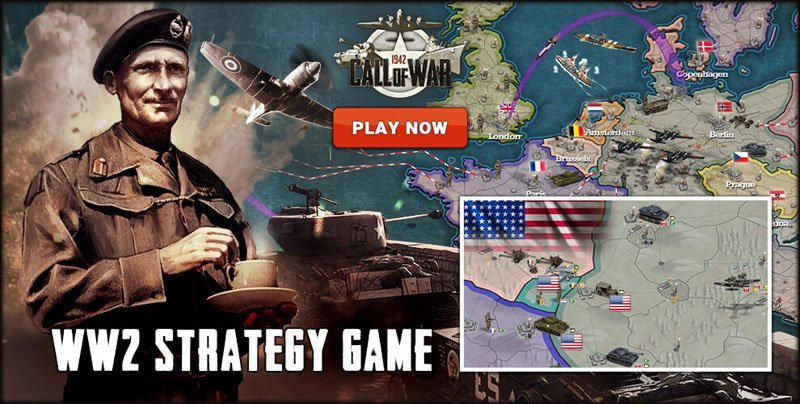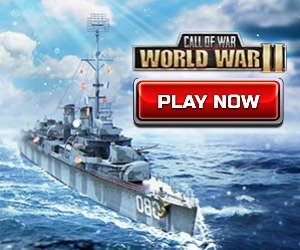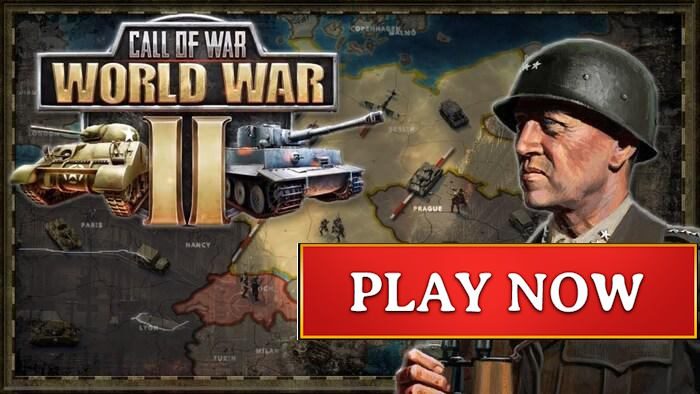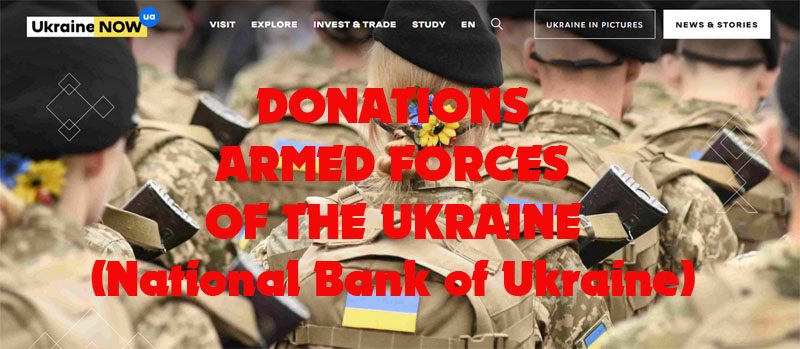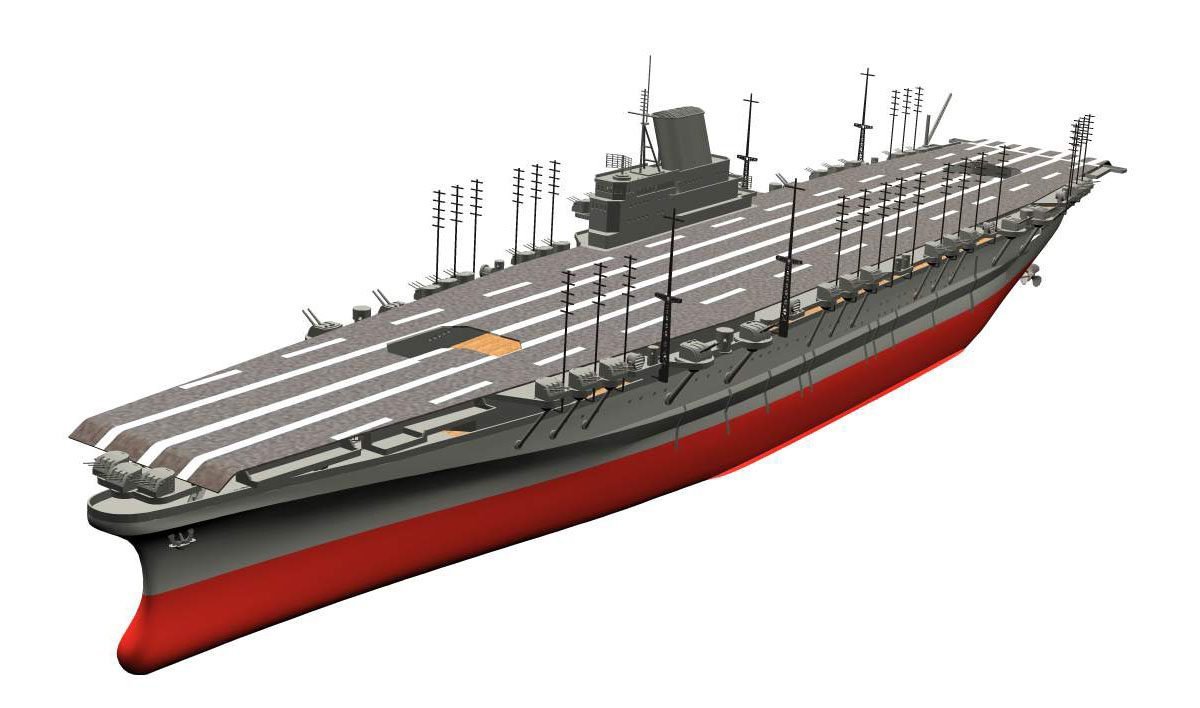Silencers & Suppressors: How Covert Operations Used Modified Firearms.
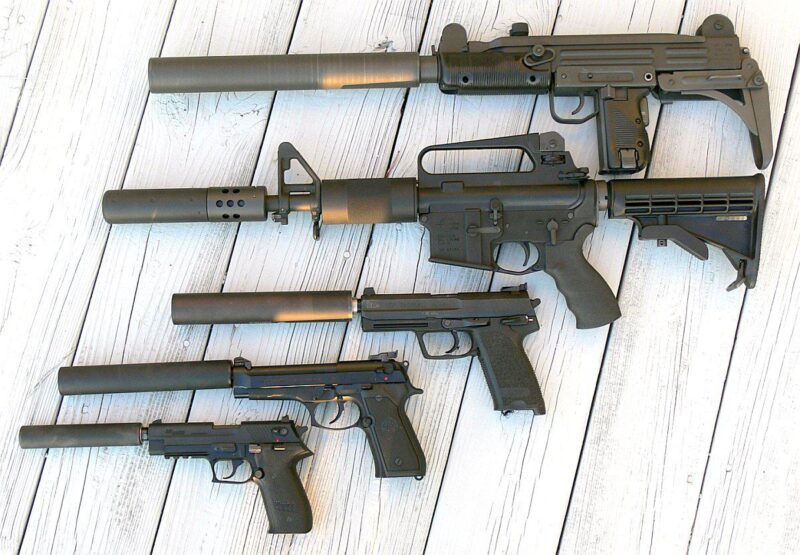
During World War II and beyond, warfare wasn’t only fought in trenches and open fields—it was also waged in the shadows. Covert operations, sabotage missions, and silent eliminations required tools of stealth. One of the most critical pieces of gear for such missions was the silencer, more accurately known today as a suppressor. These firearm attachments allowed operatives to engage targets with minimal noise, helping them stay undetected behind enemy lines. Modern gun shops like ICB Firearms continue to offer a range of suppressors, keeping the legacy of quiet precision alive.
What Is a Suppressor?
Table of Contents
A suppressor is a device attached to the muzzle of a firearm to reduce the noise and muzzle flash generated when the gun is fired. It works by slowing and cooling the expanding gases that exit the barrel, lowering the sound signature of the shot. While the term “silencer” is widely used, it’s something of a misnomer—these devices don’t make guns silent, just much quieter.
Depending on the caliber and the weapon, suppressors can reduce gunfire to a level that’s hard to distinguish from ambient noise, especially when paired with subsonic ammunition.
The Role of Suppressors in WWII
Suppressors were not mass-issued to soldiers during WWII. Instead, they were specialized tools used primarily by elite units like the British Special Operations Executive (SOE) and the American Office of Strategic Services (OSS)—precursors to modern-day intelligence and special forces.
These operatives conducted missions involving espionage, assassination, sabotage, and resistance support in occupied territories. For such missions, stealth was critical, and suppressed firearms gave agents the edge they needed to eliminate guards, sentries, or high-value targets without alerting others.
Specialized Suppressed Firearms
Several firearms were either fitted with suppressors or specifically built to be quiet from the ground up. These weapons became iconic tools of covert warfare.
Welrod Pistol (Britain)
One of the most famous suppressed firearms of the war, the Welrod was a bolt-action pistol designed specifically for silent assassinations. It used a manually operated bolt, which allowed it to avoid the loud mechanical noise of semi-automatic pistols. With subsonic 9mm or .32 ACP rounds and an integral suppressor, the Welrod was exceptionally quiet—ideal for close-range eliminations.
- Caliber: 9mm or .32 ACP
- Capacity: 6–8 rounds
- Effective Range: ~25 meters
- Sound: Comparable to a door slamming
Its simple, tube-like design made it easy to conceal, and its near-silent performance made it a favorite for undercover agents.
De Lisle Carbine (Britain)
This was a specially modified carbine based on the Lee-Enfield rifle and chambered in .45 ACP. It had a massive integral suppressor and was known as one of the quietest firearms of WWII. The De Lisle could eliminate a sentry with a whisper-quiet shot from a decent distance.
- Caliber: .45 ACP
- Action: Bolt-action
- Suppressor: Integral, large-volume
- Sound: Extremely suppressed, ideal for mid-range silent takedowns
It was used by British Commandos and SOE agents for missions that required stealth in hostile territory.
High Standard HDM (USA)
Used by the OSS and later the CIA, this suppressed .22 caliber pistol was light, quiet, and perfect for close encounters. Though less powerful than other firearms, it was very effective against unarmored targets and almost impossible to detect when fired.
- Caliber: .22 LR
- Magazine: 10 rounds
- Use: Silent takedowns, escape support, prisoner dispatch
- Notable Use: Carried by CIA operatives into the Cold War
Suppressors in Resistance Warfare
Beyond elite forces, suppressed firearms were often airdropped to resistance groups throughout Europe. The British SOE equipped local fighters with suppressed pistols and Sten variants to assist in ambushes, targeted killings, and sabotage.
These weapons were invaluable in urban environments, where firing an unsuppressed weapon could instantly attract German patrols. Suppressors helped resistance fighters maintain mobility and secrecy after their missions.
Challenges and Limitations
Suppressors weren’t without flaws. They were:
- Specialized: Rarely issued to regular troops
- Delicate: Prone to wear with extended use
- Limited in caliber: More effective on subsonic rounds, which reduced range and stopping power
- Expensive: Time-consuming and costly to produce
Despite these limitations, their tactical advantage made them indispensable in certain missions.
Post-War Legacy
After WWII, suppressed weapons remained vital tools for espionage and special operations. The Cold War saw their use expand into covert missions by intelligence agencies and special forces. Suppressors became standard in the arsenals of operatives tasked with missions where stealth was paramount.
Today, modern suppressors are lighter, more durable, and more effective than their WWII counterparts. While still used in military and tactical settings, they’ve also gained popularity among civilian shooters for hearing protection and noise control.
Conclusion
Silencers and suppressors may not be the stars of war movies, but they played a crucial behind-the-scenes role in some of WWII’s most daring missions. For special operatives and resistance fighters, these devices were tools of survival and success. Whether eliminating sentries quietly or escaping enemy detection, suppressed firearms gave covert warriors the advantage of silence in a world full of noise.


